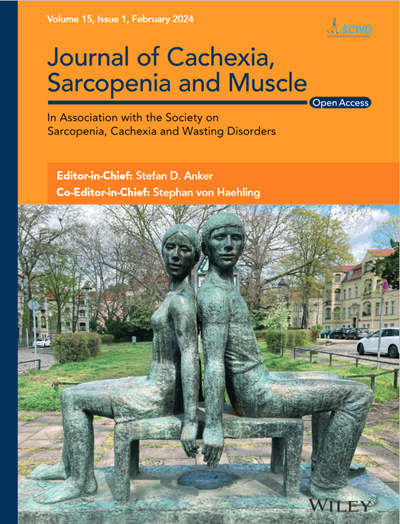Unravelling inclusion body myositis using a patient-derived fibroblast model
Abstract
Background
Inclusion body myositis (IBM) is an inflammatory myopathy clinically characterized by proximal and distal muscle weakness, with inflammatory infiltrates, rimmed vacuoles and mitochondrial changes in muscle histopathology. There is scarce knowledge on IBM aetiology, and non-established biomarkers or effective treatments are available, partly due to the lack of validated disease models.
Methods
We have performed transcriptomics and functional validation of IBM muscle pathological hallmarks in fibroblasts from IBM patients (n = 14) and healthy controls (n = 12), paired by age and sex. The results comprise an mRNA-seq, together with functional inflammatory, autophagy, mitochondrial and metabolic changes between patients and controls.
Results
Gene expression profile of IBM vs control fibroblasts revealed 778 differentially expressed genes (P-value adj < 0.05) related to inflammation, mitochondria, cell cycle regulation and metabolism. Functionally, an increased inflammatory profile was observed in IBM fibroblasts with higher supernatant cytokine secretion (three-fold increase). Autophagy was reduced considering basal protein mediators (18.4% reduced), time-course autophagosome formation (LC3BII 39% reduced, P-value < 0.05), and autophagosome microscopic evaluation. Mitochondria displayed reduced genetic content (by 33.9%, P-value < 0.05) and function (30.2%-decrease in respiration, 45.6%-decline in enzymatic activity (P-value < 0.001), 14.3%-higher oxidative stress, 135.2%-increased antioxidant defence (P-value < 0.05), 11.6%-reduced mitochondrial membrane potential (P-value < 0.05) and 42.8%-reduced mitochondrial elongation (P-value < 0.05)). In accordance, at the metabolite level, organic acid showed a 1.8-fold change increase, with conserved amino acid profile. Correlating to disease evolution, oxidative stress and inflammation emerge as potential markers of prognosis.
Conclusions
These findings confirm the presence of molecular disturbances in peripheral tissues from IBM patients and prompt patients' derived fibroblasts as a promising disease model, which may eventually be exported to other neuromuscular disorders. We additionally identify new molecular players in IBM associated with disease progression, setting the path to deepen in disease aetiology, in the identification of novel biomarkers or in the standardization of biomimetic platforms to assay new therapeutic strategies for preclinical studies.

 求助内容:
求助内容: 应助结果提醒方式:
应助结果提醒方式:


